Home>Garden Essentials>How Long To Sprout An Avocado Seed
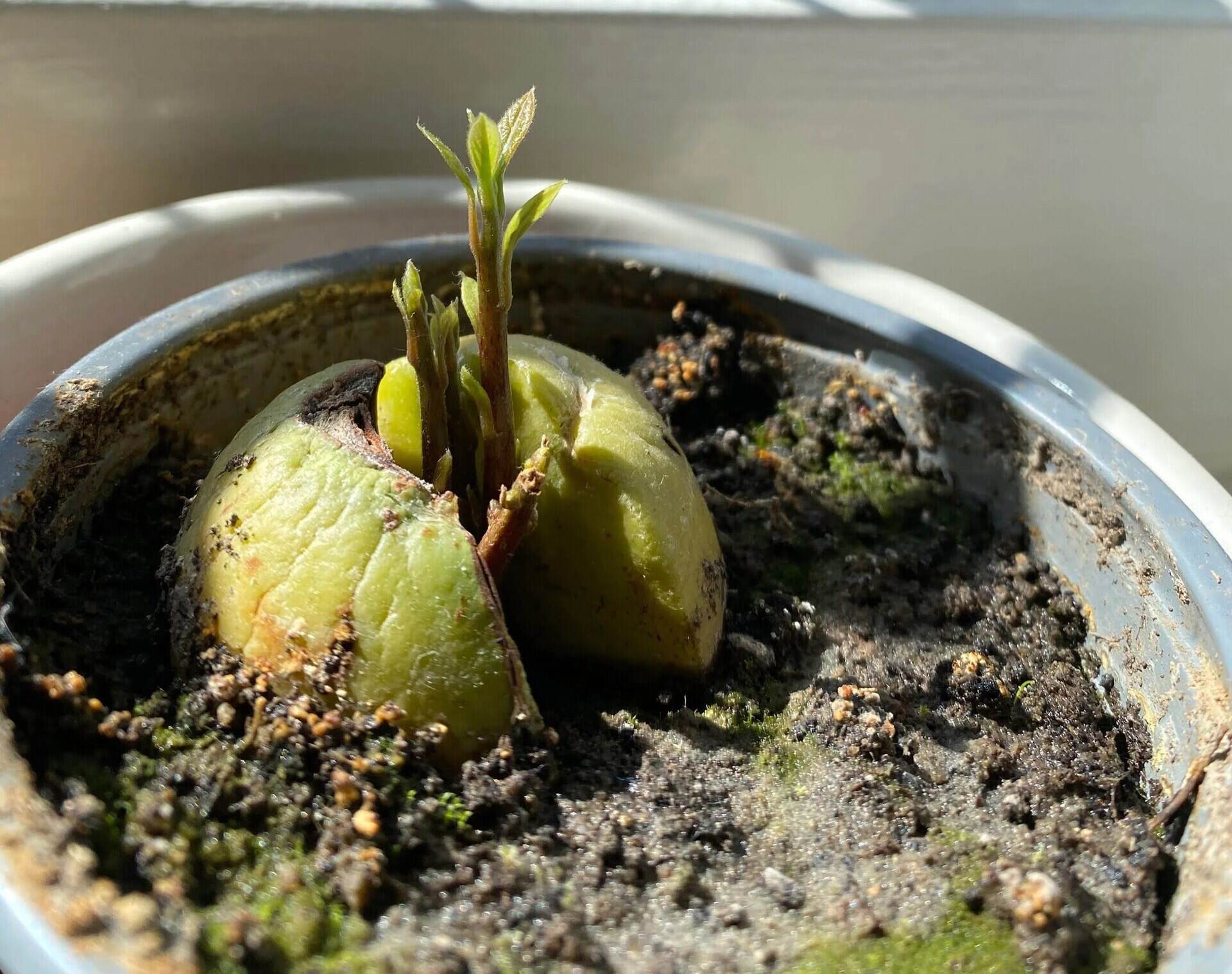

Garden Essentials
How Long To Sprout An Avocado Seed
Modified: March 16, 2024
Discover how long it takes to sprout an avocado seed in your garden. Learn the step-by-step process and tips for successful avocado sprouting.
(Many of the links in this article redirect to a specific reviewed product. Your purchase of these products through affiliate links helps to generate commission for Storables.com, at no extra cost. Learn more)
Introduction
Growing your own avocado tree from a seed is an exciting and rewarding experience. Not only will you have the satisfaction of nurturing and watching it grow, but you will also have an abundance of delicious avocados right from your own garden. However, before you can enjoy the fruits of your labor, you need to first sprout the avocado seed.
Avocado seeds, also known as pits, are fascinating and unique. These large seeds, often discarded without a second thought, have the potential to become a thriving avocado tree if given the right conditions and care. Sprouting an avocado seed is a simple process that anyone can do, even if you don’t have a green thumb.
In this article, we will delve into the intricacies of sprouting avocado seeds, exploring the factors that affect sprouting time, different methods you can use, and helpful tips and tricks to ensure successful germination. So, let’s roll up our sleeves and get ready to embark on the journey of sprouting avocado seeds!
Key Takeaways:
- Growing an avocado tree from a seed is a fun and rewarding experience, but it takes patience and care. Understanding the seed’s anatomy, sprouting process, and factors affecting sprouting time is crucial for success.
- To sprout an avocado seed, remove the seed coat, provide warmth, moisture, and oxygen, and be patient. Choose a ripe seed, use the water, paper towel, or potting soil method, and follow helpful tips for successful germination.
Read more: How Long Do Avocado Seeds Take To Sprout
Understanding Avocado Seeds
Before we dive into the process of sprouting avocado seeds, it’s important to understand the anatomy of the seed itself. The avocado seed is the large, round pit found in the center of the fruit. It consists of three distinct parts: the seed coat, the embryo, and the cotyledons.
The seed coat, which is the outer layer of the seed, is durable and protective. It prevents the seed from drying out and provides a barrier against pathogens. The embryo is the living part of the seed, containing the embryonic shoot, root, and leaves. The cotyledons, often referred to as the seed leaves, store nutrients and provide energy for the growing embryo.
Avocado seeds are unique in that they possess a dormancy period, during which they do not sprout even when provided with suitable conditions. This dormancy period can last anywhere from a few weeks to several months, depending on various factors. Understanding this dormancy period is crucial for successfully sprouting avocado seeds.
It’s important to note that not all avocado seeds will sprout, even under ideal conditions. Some seeds may be damaged or infertile, while others may simply refuse to germinate. However, with a little patience and the right knowledge, you can increase your chances of success.
Now that we have a basic understanding of avocado seeds, let’s explore the sprouting process in more detail.
The Sprouting Process
The sprouting process of an avocado seed involves providing it with the right conditions to break dormancy and initiate germination. The key factors for a successful sprouting process are moisture, warmth, and oxygen.
First, let’s discuss the process of breaking dormancy. Avocado seeds have a protective layer called the seed coat, which can be quite hard and impervious to water. Therefore, before attempting to sprout the seed, it’s important to gently remove the seed coat. You can do this by carefully nicking the seed coat with a knife or soaking the seed in water for a few days until the coat peels away easily.
Once the seed coat has been removed, you can proceed with the sprouting process. Start by placing the seed in a container filled with moist soil or vermiculite. Ensure that the pointed end of the seed, known as the bottom, is facing downward. The soil should be kept consistently moist, but not waterlogged, to provide the seed with the necessary moisture for germination.
Next, place the container in a warm location with ample sunlight. Avocado seeds thrive in warm temperatures between 70-80°F (21-27°C). You can also use a heat mat or a warm spot in your home to maintain a constant temperature for the seed. Avoid placing the container in direct sunlight, as excessive heat can dry out the soil and harm the seed.
During the sprouting process, it’s important to provide the seed with sufficient oxygen. To ensure proper airflow, you can cover the container with a breathable fabric or place it in a well-ventilated area. This allows the seed to “breathe” and prevents the growth of mold or fungus.
Over the next few weeks, you will start to see signs of sprouting as a small stem emerges from the top of the seed. This stem will continue to grow, eventually forming the main trunk of the avocado tree. As the sprout develops, you can carefully transfer it to a larger pot with well-draining soil, ensuring that the seed is planted at the same depth as before.
With patience and proper care, the sprout will continue to grow, producing leaves and eventually transforming into a young avocado tree ready to be planted in your garden. Now that we understand the sprouting process, let’s explore the factors that can affect the sprouting time of avocado seeds.
Factors Affecting Avocado Seed Sprouting Time
The sprouting time of avocado seeds can vary depending on several factors. Understanding these factors can help you manage your expectations and optimize the conditions for successful germination. Here are the key factors that can influence the sprouting time of avocado seeds:
- Seed Quality: The quality of the seed plays a significant role in the sprouting time. Healthy, viable seeds will generally sprout faster compared to damaged or immature seeds. Look for seeds that are plump, firm, and free from any signs of rot or mold.
- Temperature: Avocado seeds require warm temperatures to initiate germination. Optimal temperature ranges between 70-80°F (21-27°C). Cooler temperatures can delay the sprouting process, while higher temperatures can stimulate faster germination.
- Moisture: Keeping the seed adequately moist is crucial for sprouting. The seed needs consistent moisture to break dormancy and trigger germination. However, overwatering can lead to fungal growth or rotting. Strike a balance by ensuring the soil remains evenly moist, but not waterlogged.
- Light: While avocado seeds need warmth to sprout, they do not require direct sunlight during the initial stages. Excessive sunlight can dry out the soil and harm the seed. Place the container in a well-lit area with indirect sunlight or use artificial grow lights to provide the necessary light for growth.
- Variety: The variety or cultivar of avocado seed can also affect the sprouting time. Some varieties may have naturally longer or shorter dormancy periods. Additionally, certain avocado varieties may have higher or lower germination rates, which can impact the overall sprouting time.
- Seed Treatment: Certain seed treatments, such as soaking the seed in water or using rooting hormone, can help accelerate the sprouting process. Soaking the seed in water for a few days can soften the seed coat and promote germination. Using rooting hormone can provide additional stimuli for faster rooting and sprouting.
It’s important to remember that each avocado seed is unique, and its sprouting time may vary even under ideal conditions. Exercise patience and continue providing the seed with the necessary care and conditions for optimal germination. With time and the right environment, the seed will eventually sprout, bringing you one step closer to growing your very own avocado tree.
Determining the Ripeness of an Avocado Seed
When it comes to sprouting avocado seeds, determining the ripeness of the seed is crucial for success. A ripe avocado seed is more likely to sprout compared to an unripe or overripe seed. Here are some methods to determine the ripeness of an avocado seed:
- Color: An avocado seed that is ripe and ready for sprouting will have a dark brown or black color on the outside. It may also have a slightly wrinkled appearance. Avoid seeds that are green or have a light brown color, as they may not be fully mature.
- Weight: Ripe avocado seeds tend to feel heavier compared to unripe or dried-out seeds. When selecting a seed for sprouting, choose one that feels substantial in your hand.
- Texture: Gently squeeze the avocado seed to assess its texture. Ripe seeds will have a firm but slightly yielding texture. Avoid seeds that feel excessively soft or mushy, as they may be overripe or starting to rot.
- Sound: Hold the avocado seed close to your ear and gently shake it. If you hear a slight rattling noise, it indicates that the seed is dried out and not suitable for sprouting. Choose seeds that do not produce any sound when shaken.
It’s worth noting that even if you have an unripe avocado seed, there’s still a chance it can be ripened for sprouting. Place the seed in a paper bag with a ripe banana or apple, as these fruits emit ethylene gas that helps accelerate the ripening process. Check the seed regularly and once it has reached the desired ripeness, you can proceed with the sprouting process.
By ensuring you have a ripe avocado seed, you increase the likelihood of successful germination and sprouting. Now that we understand how to determine the ripeness of the seed, let’s explore the different methods to sprout an avocado seed.
To sprout an avocado seed, it can take anywhere from 2-6 weeks. Place the seed in water, with the bottom half submerged, and change the water every few days. Keep the seed in a warm, sunny spot and be patient!
Methods for Sprouting an Avocado Seed
There are several methods you can use to sprout an avocado seed, each with its own advantages and considerations. Let’s explore some of the most popular methods:
- Water Method: This is one of the simplest and most common methods for sprouting avocado seeds. Start by thoroughly cleaning the seed and removing any flesh that may be clinging to it. Insert three toothpicks around the middle of the seed, spaced evenly apart, ensuring that they are inserted about halfway into the seed. Rest the toothpicks on the rim of a glass or jar, with the bottom of the seed submerged in water. Place the glass in a warm location with indirect sunlight and change the water regularly to prevent stagnation. In a few weeks, you should notice roots starting to grow, followed by a sprout.
- Paper Towel Method: This method is similar to the water method but replaces the water with a damp paper towel. Take a damp paper towel and fold it around the seed, ensuring that the seed is completely covered. Place the seed in a plastic bag or container, leaving it slightly open for airflow. Keep the paper towel consistently moist, and position the container in a warm spot with indirect sunlight. In a few weeks, you should observe root growth, followed by a sprout.
- Potting Soil Method: If you prefer a more hands-on approach, you can sprout an avocado seed directly in potting soil. Fill a pot with well-draining soil and make a small indentation in the center. Place the cleaned and prepped seed into the indentation, ensuring that the pointed end is facing downward. Gently cover the seed with soil, leaving the top exposed. Water the soil to moisten it, but avoid making it waterlogged. Keep the pot in a warm location with adequate light, ensuring the soil remains consistently moist. In a few weeks, you will see the seed sprouting and growing into a small plant.
Regardless of the method you choose, it’s essential to be patient and maintain consistent care for the avocado seed. Regularly monitor the moisture levels, temperature, and light conditions to provide the optimal environment for germination.
Once the seed has sprouted and grown a few inches, you can carefully transplant it into a larger pot or into your garden. Handle the delicate roots with care to avoid damage. Ensure the plant receives adequate sunlight, water, and nutrients as it continues to grow into a mature avocado tree.
Now that we’ve explored different methods for sprouting avocado seeds, let’s discover some helpful tips and tricks to increase your chances of success.
Tips and Tricks for Successful Avocado Seed Sprouting
Sprouting avocado seeds can be a fun and rewarding experience. To increase your chances of successful germination, here are some helpful tips and tricks:
- Use Fresh Seeds: Freshly harvested avocado seeds have a higher chance of sprouting compared to older or dried-out seeds. If possible, use seeds that have been recently taken from a ripe avocado.
- Prep the Seed Properly: Before attempting to sprout the seed, make sure to clean it thoroughly and remove any flesh or remaining fruit. Cleaning the seed will prevent potential contamination and allow for better water absorption.
- Choose the Right Potting Soil: If you’re opting for the potting soil method, use a well-draining soil mix specifically formulated for indoor plants. Avoid heavy soils that retain water, as they can lead to root rot.
- Maintain Moisture Levels: Consistent moisture is crucial for successful sprouting, but be mindful not to overwater. Check the moisture level of the soil or paper towel regularly and adjust as needed. Proper drainage is essential to prevent the seed from sitting in waterlogged conditions.
- Provide Warmth: Avocado seeds sprout best in warm temperatures. Maintain a consistent temperature range between 70-80°F (21-27°C) throughout the sprouting process. Consider using a heat mat to provide consistent warmth if the surrounding environment is too cool.
- Ensure Adequate Lighting: While direct sunlight is not necessary during the sprouting stage, ensure the seed receives sufficient indirect light. Place it near a window or use artificial grow lights to provide the necessary light energy for the seed to develop into a sprout.
- Be Patient: Avocado seeds can take anywhere from a few weeks to a few months to sprout. Don’t get discouraged if you don’t see immediate results. Keep providing the seed with the right conditions and be patient. Remember, nature works at its own pace.
- Monitor for Pests and Diseases: Keep an eye out for any signs of pests, such as aphids or fungus gnats, and take appropriate measures to control them. Additionally, watch for signs of disease, such as mold or rot, and make sure to remove any affected areas promptly.
By following these tips and tricks, you can optimize the sprouting conditions for your avocado seeds and increase your chances of success. Remember, each seed is unique, and not all seeds will sprout. But with perseverance and proper care, you’ll be on your way to growing your own avocado tree in no time.
Common Challenges and How to Overcome Them
While sprouting avocado seeds can be a rewarding experience, it is not without its challenges. Understanding and addressing these common challenges can help ensure the success of your avocado seed sprouting endeavors. Here are some challenges you may encounter and how to overcome them:
- Slow or No Germination: Avocado seeds can take several weeks to sprout, and it’s not uncommon for some seeds to take even longer. However, if you notice no signs of germination after a significant period, it could indicate a problem. Check the seed for any signs of decay or rot, and ensure that the environmental conditions, such as temperature and moisture, are optimum. If necessary, try using a fresh seed and adjust the growing conditions accordingly.
- Damping Off: Damping off is a common fungal disease that affects young seedlings. It can cause the stem to become weak and eventually collapse. To prevent damping off, ensure proper airflow by not overcrowding the seedlings, avoid overwatering, and use sterile soil or a mixture of soilless medium for better disease prevention.
- Mold Growth: Mold growth can occur due to excessive moisture or poor airflow. To prevent mold, ensure that the growing medium is damp but not waterlogged. Adjust the watering schedule if necessary and ensure proper ventilation by providing good airflow around the seedlings.
- Root Rot: Root rot can develop if the soil remains consistently waterlogged, leading to the decay of the roots. To prevent root rot, ensure that the soil has proper drainage and avoid overwatering. Allow the soil to dry out slightly between waterings to promote healthy root growth.
- Poor Quality Seeds: Using poor quality or damaged seeds can lower the chances of successful sprouting. Choose fresh, healthy seeds and avoid using seeds that show signs of rot or mold. Additionally, ensure that the seed has been properly prepped by removing any flesh or remaining fruit residues.
- Pest Infestation: Aphids, fungus gnats, and other pests can sometimes feast on young seedlings. To control pest infestations, inspect the seedlings regularly and use organic pest control methods such as neem oil or insecticidal soap. Avoid using chemical pesticides, as they can be harmful to the environment and beneficial insects.
Remember, gardening is a learning process, and it’s common to face challenges along the way. Each challenge presents an opportunity for growth and improvement. With patience, observation, and appropriate adjustments, you can overcome these challenges and successfully sprout your avocado seeds.
By applying the tips and techniques discussed in this article, you are well on your way to growing healthy avocado trees right from the seeds. Embrace the journey, enjoy the process, and soon enough, you will be savoring the fruits of your labor!
Harvesting and Planting the Sprouted Avocado Seed
After successfully sprouting an avocado seed, the next step is to harvest and plant it to continue the growth process. Here’s what you need to know about harvesting and planting the sprouted avocado seed:
Harvesting the Sprouted Seed:
Once your avocado seed has sprouted and grown a few inches tall, it is ready to be carefully harvested. Follow these steps to ensure a smooth and successful transition:
- Gently remove the sprouted avocado seed from its current container or pot, taking care not to damage the delicate roots. Support the seedling by holding the base of the stem to prevent any breakage.
- Inspect the roots for any signs of damage or tangling. If there are any damaged or tangled roots, gently untangle them or trim them with clean scissors.
- Prepare a new pot or planting spot that is large enough to accommodate the sprouted seed with ample room for future root growth. Ensure the pot or planting hole has proper drainage.
- Fill the pot or planting hole with a well-draining potting mix suitable for avocado trees. Alternatively, you can create a soil mix by combining equal parts of compost, sand, and peat moss.
- Plant the sprouted avocado seed, making sure that the roots are properly spread out and covered with soil. The seed should be planted at the same depth as it was in the previous container.
- Gently firm the soil around the seed to provide stability and ensure good contact with the roots.
Caring for the Planted Seed:
Once the sprouted avocado seed has been planted, it’s important to provide proper care to promote healthy growth. Here are some essential care tips:
- Place the planted seed in a location that receives full sunlight for at least six hours a day. Avocado trees thrive in warm and sunny environments.
- Water the seedling regularly, keeping the soil evenly moist but not overly saturated. Overwatering can lead to root rot, while underwatering can cause stress and hinder growth.
- Fertilize the avocado tree with a balanced fertilizer specifically formulated for fruit trees. Follow the manufacturer’s instructions for application rates and frequency.
- Prune the avocado tree as needed to maintain its shape and promote proper growth. Remove any dead, damaged, or crossing branches to encourage a strong and well-structured tree.
- Protect the young tree from extreme weather conditions, including strong winds, frost, or prolonged heatwaves. Consider providing temporary shelter or using protective coverings during harsh weather episodes.
With proper care and attention, your sprouted avocado seed will grow into a healthy and fruitful tree over time. It can take several years for the avocado tree to reach maturity and start producing fruit, so patience is key.
Remember to keep an eye out for any signs of pests, diseases, or nutrient deficiencies. Promptly address any issues to ensure the continued health and vitality of your avocado tree.
By following these steps and providing the necessary care, you’ll soon be enjoying the delicious fruits of your labor with homegrown avocados from your very own tree!
Read more: How To Get Avocado Seed To Sprout
Conclusion
Growing an avocado tree from a sprouted seed is a fulfilling and rewarding experience. From the moment you carefully prepare and sprout the seed to the exciting process of nurturing the young plant into a mature tree, each step is filled with anticipation and joy. Despite the challenges and uncertainties that may arise along the way, the journey of cultivating your own avocado tree is both educational and fulfilling.
Throughout this article, we have explored the intricacies of sprouting avocado seeds, including understanding the anatomy of the seed, the sprouting process, factors affecting sprouting time, and different methods for sprouting. We have also provided valuable tips and tricks to improve your chances of successful germination and shared insights on common challenges that may arise and how to overcome them.
By following the proper techniques, taking into account the factors that affect sprouting time, and providing the proper care, you can set the stage for your avocado seed to develop into a flourishing tree. From there, it’s a matter of continuing to nurture the tree with warmth, light, water, and nutrients as it grows and matures.
As your avocado tree thrives and begins to produce fruits, you will not only enjoy the bountiful harvest of delicious avocados but also take pride in the journey you undertook to bring this tree to life. Growing your own avocado tree is a gratifying experience that allows you to connect with nature, learn about the complexities of plant growth, and relish the taste of homegrown produce.
So, whether you’re a seasoned gardener or a novice enthusiast, embrace the opportunity to sprout and cultivate your own avocado tree. With patience, care, and a little bit of green thumb, you’ll be able to witness the transformation of a humble avocado seed into a majestic and fruitful tree that brings beauty, nourishment, and a sense of accomplishment to your garden.
Now, it’s time to go out there, find a beautiful avocado seed, and embark on this magical journey of growing your very own avocado tree.
Frequently Asked Questions about How Long To Sprout An Avocado Seed
Was this page helpful?
At Storables.com, we guarantee accurate and reliable information. Our content, validated by Expert Board Contributors, is crafted following stringent Editorial Policies. We're committed to providing you with well-researched, expert-backed insights for all your informational needs.
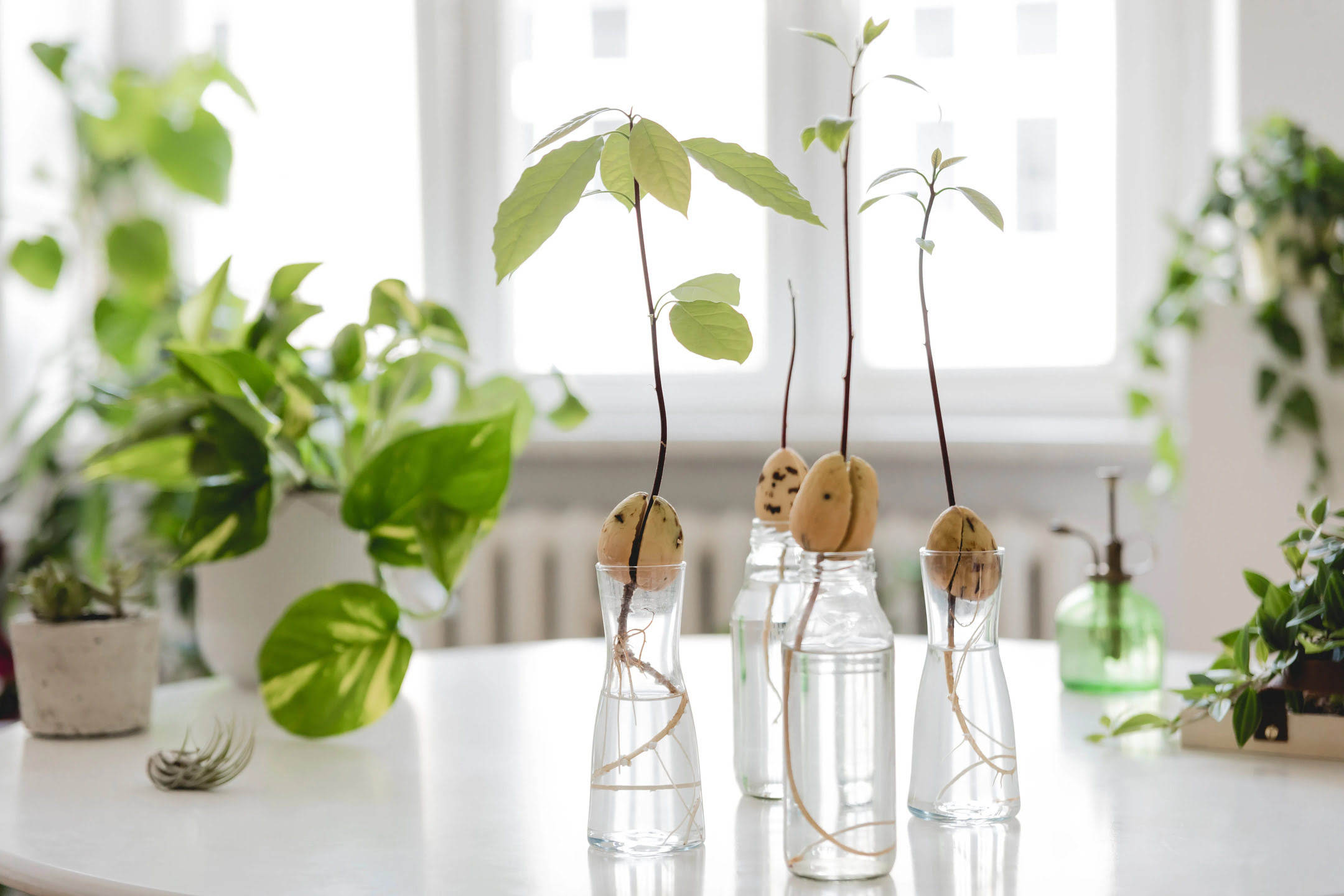
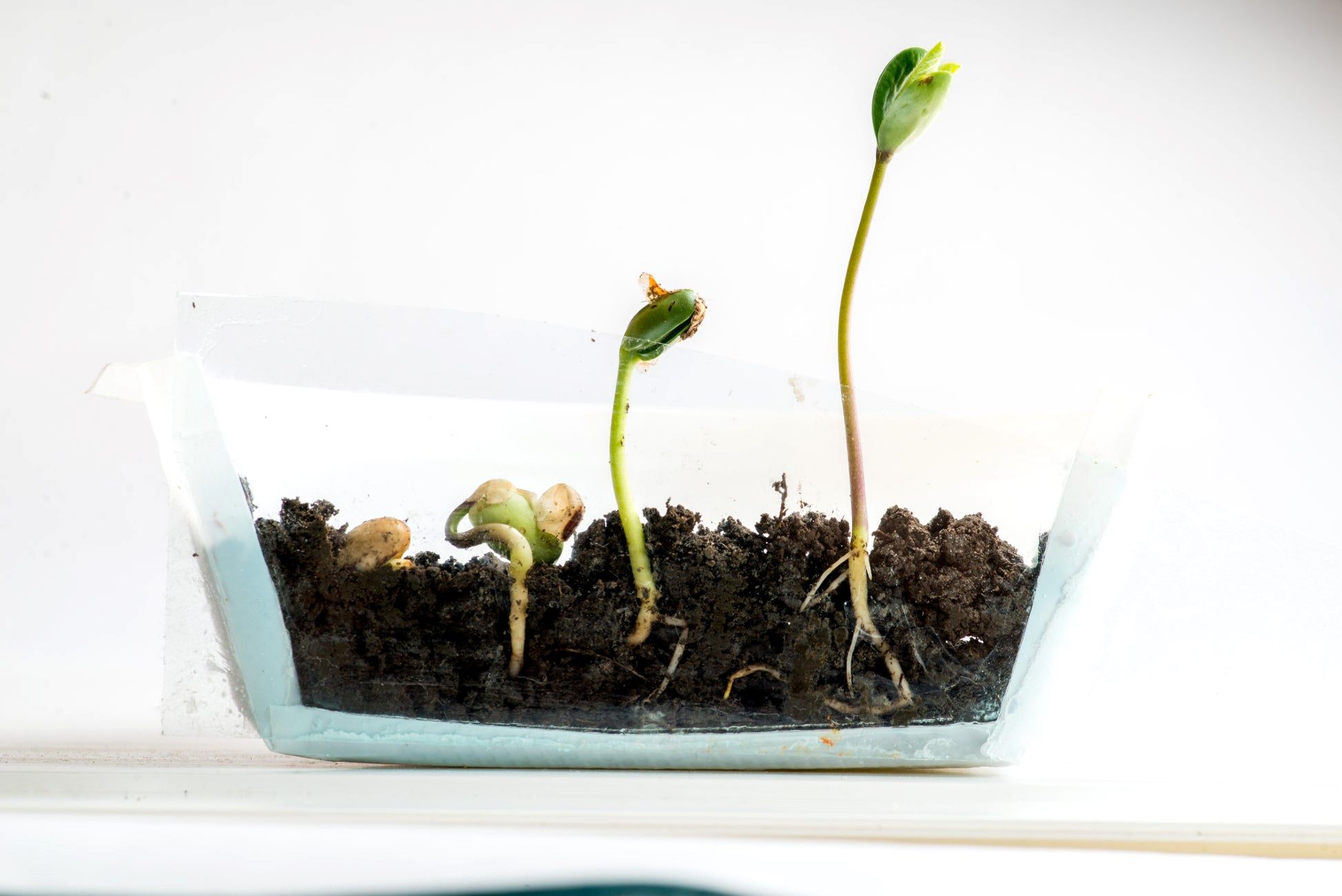
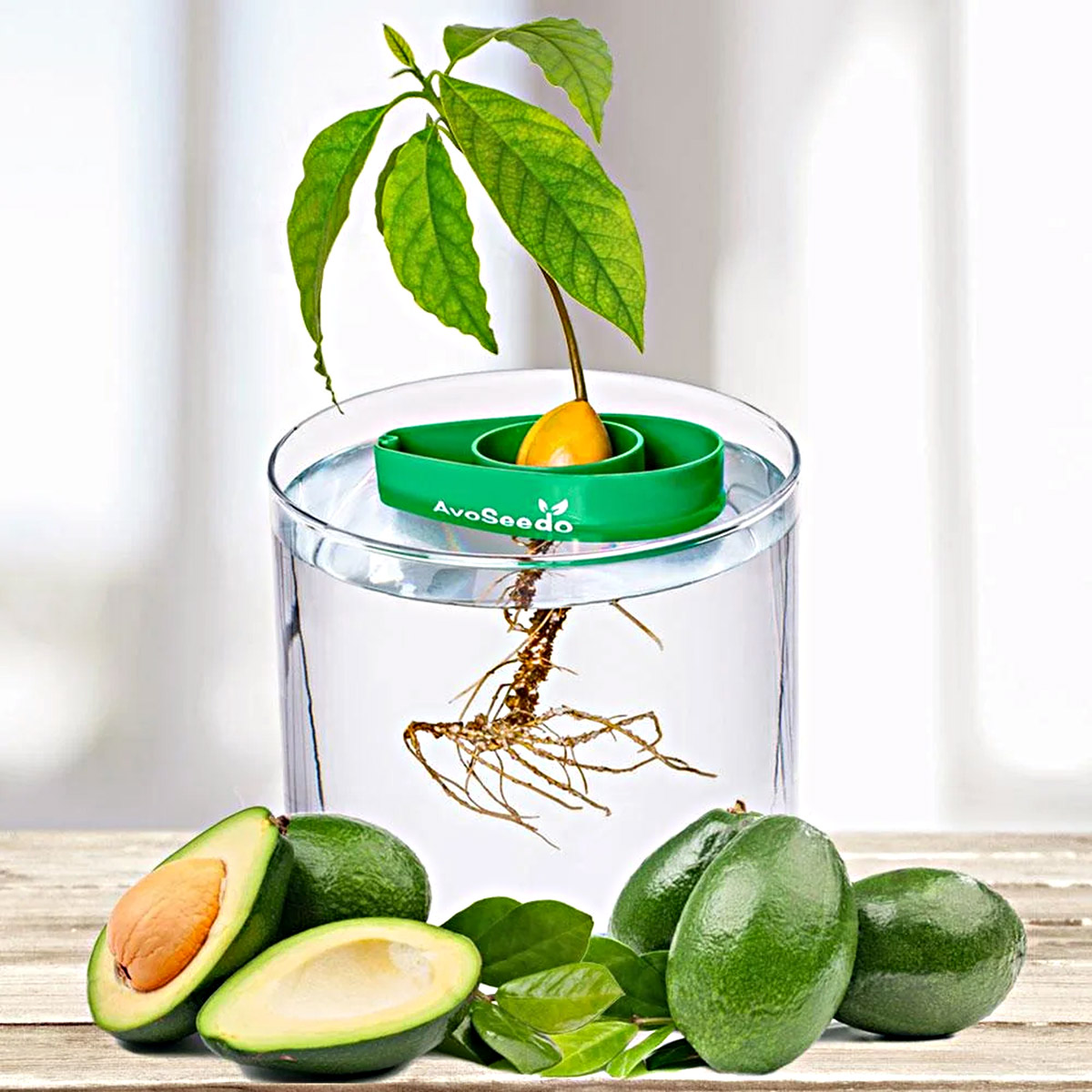
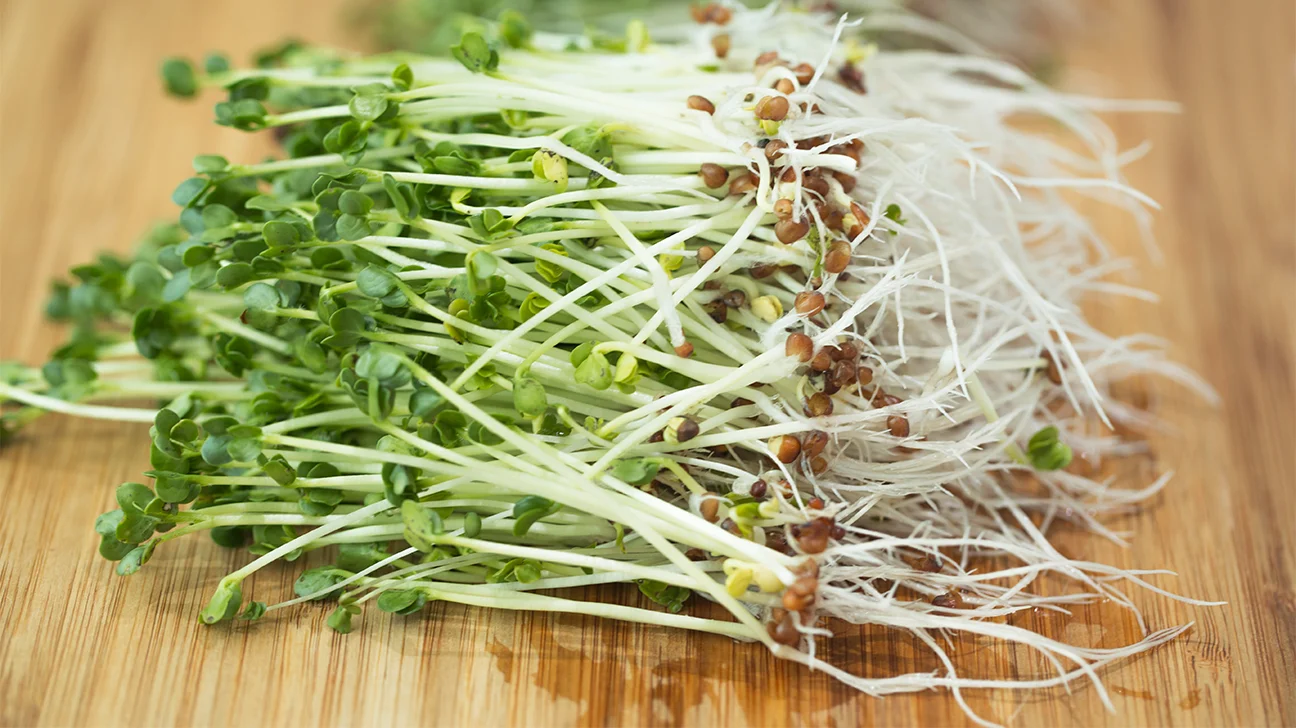
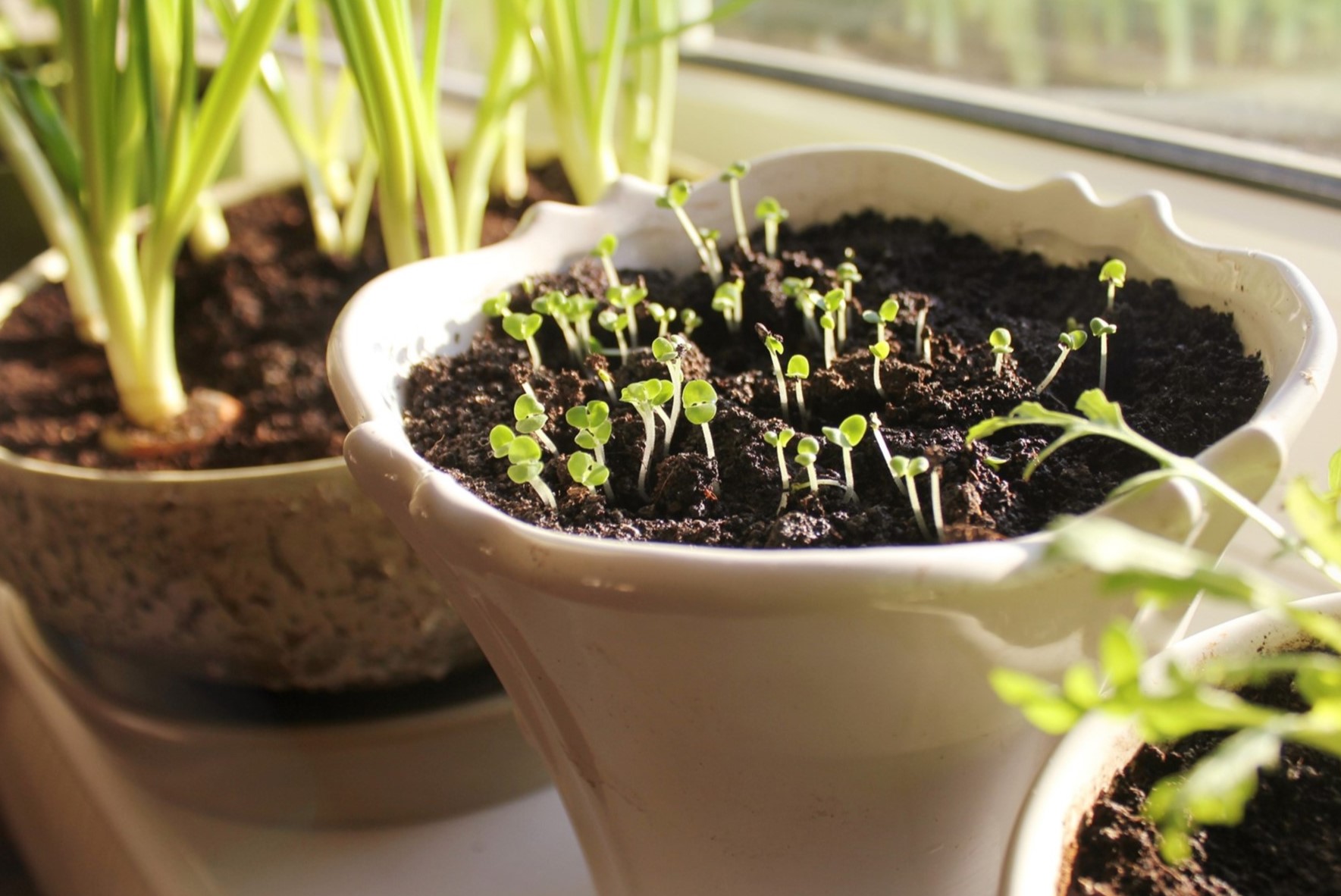
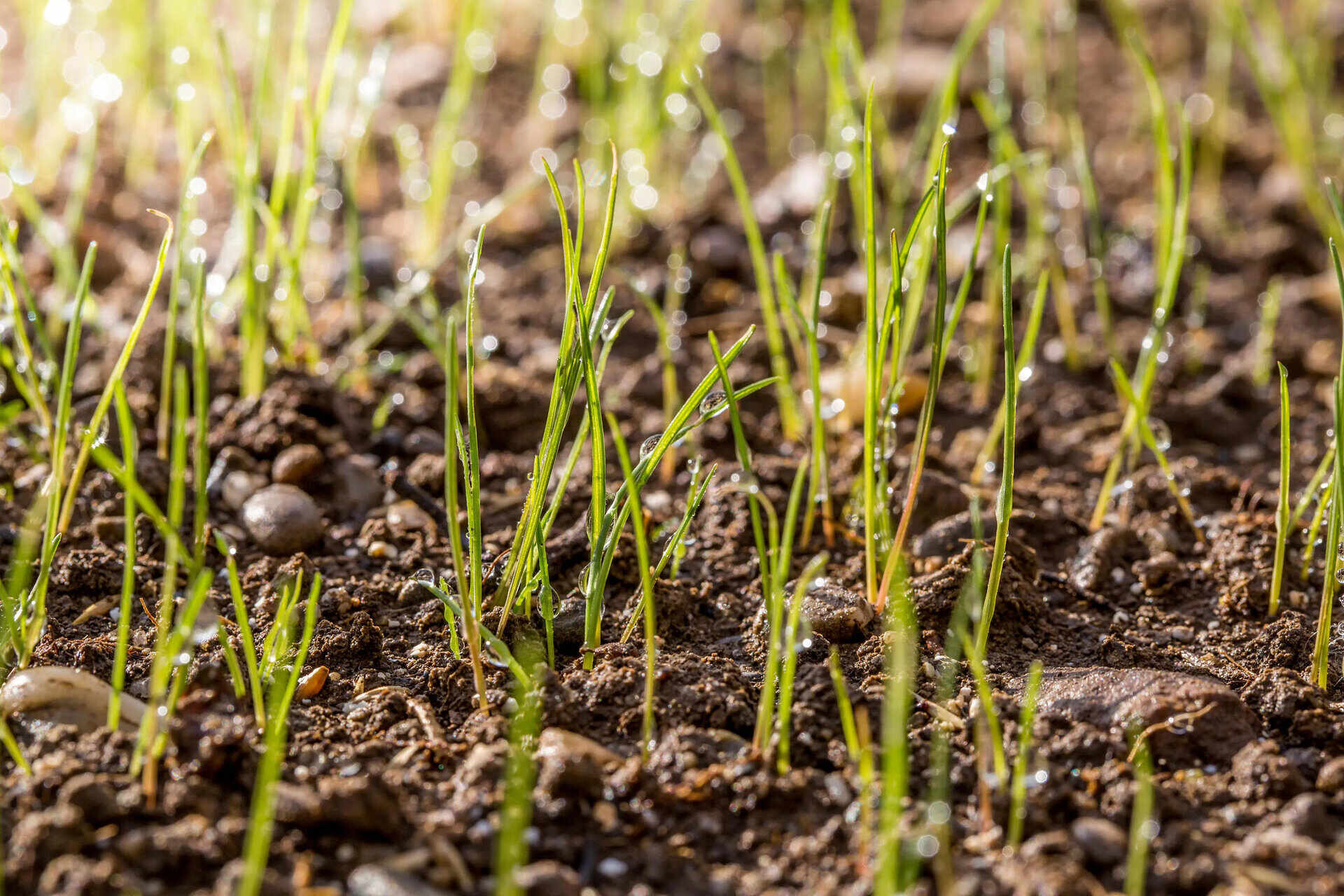
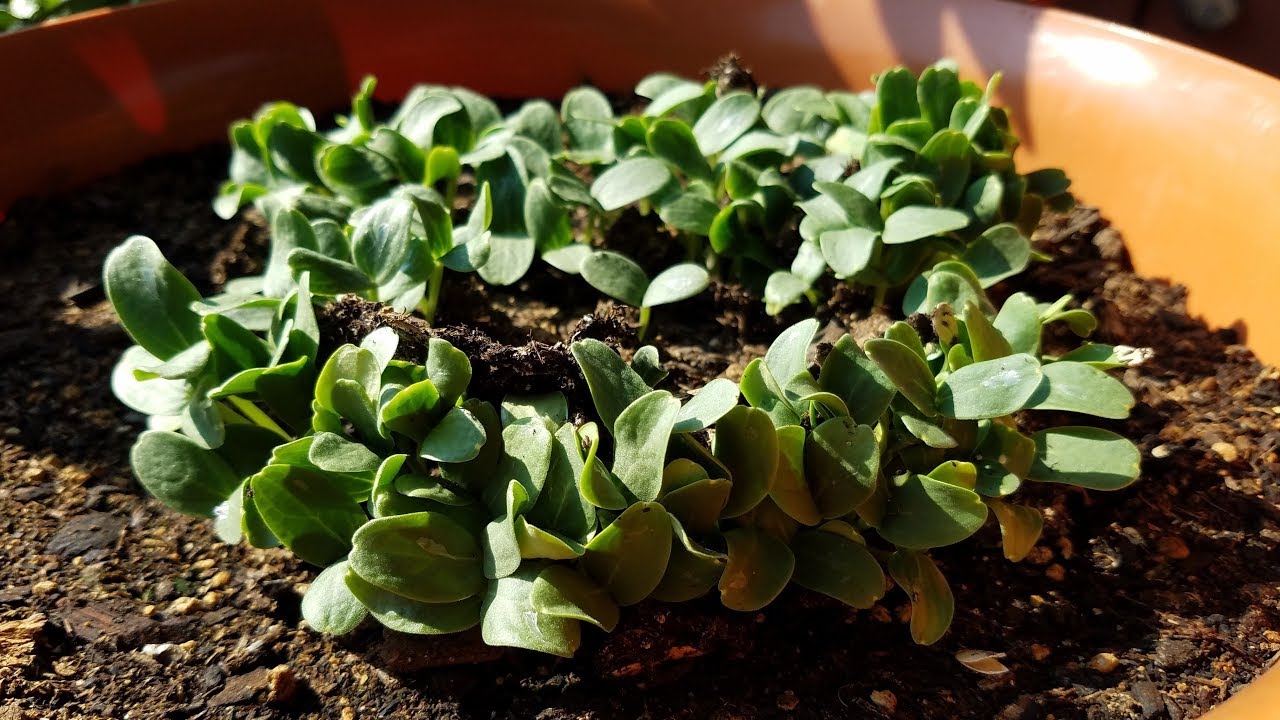
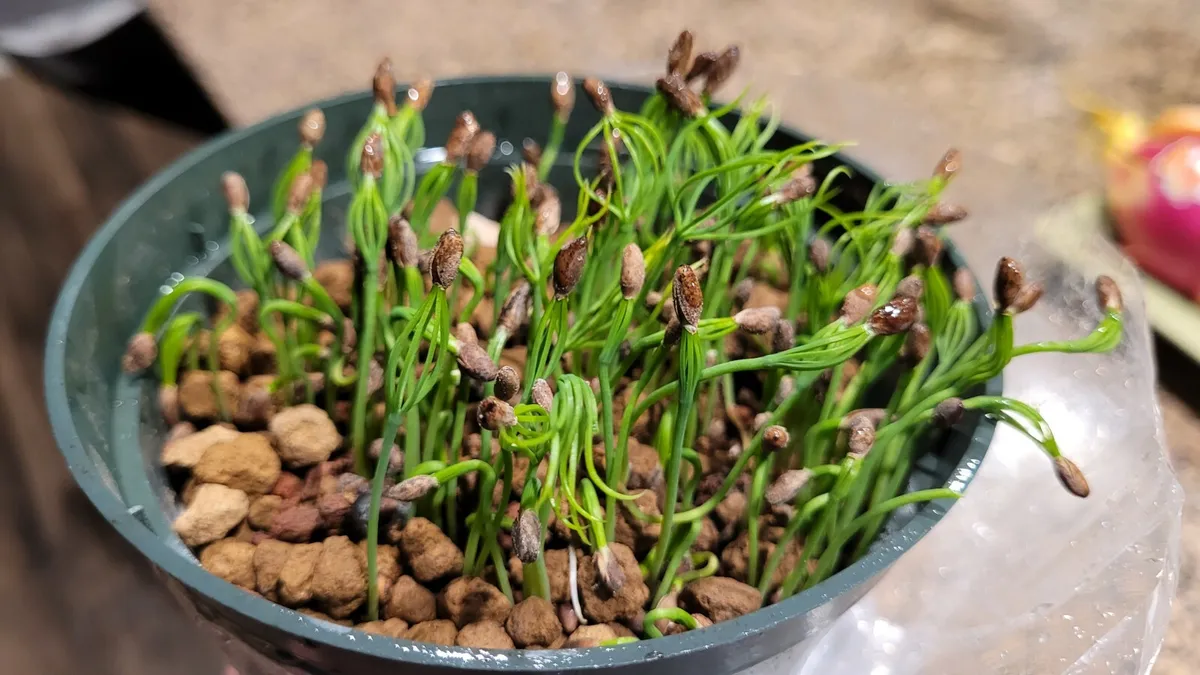
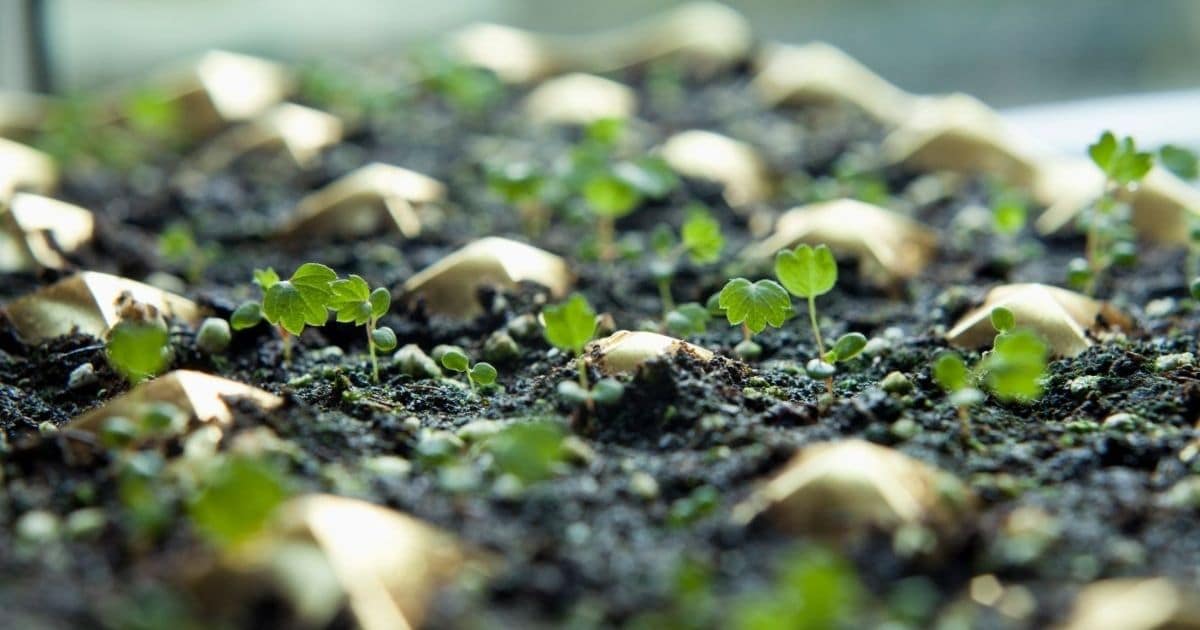
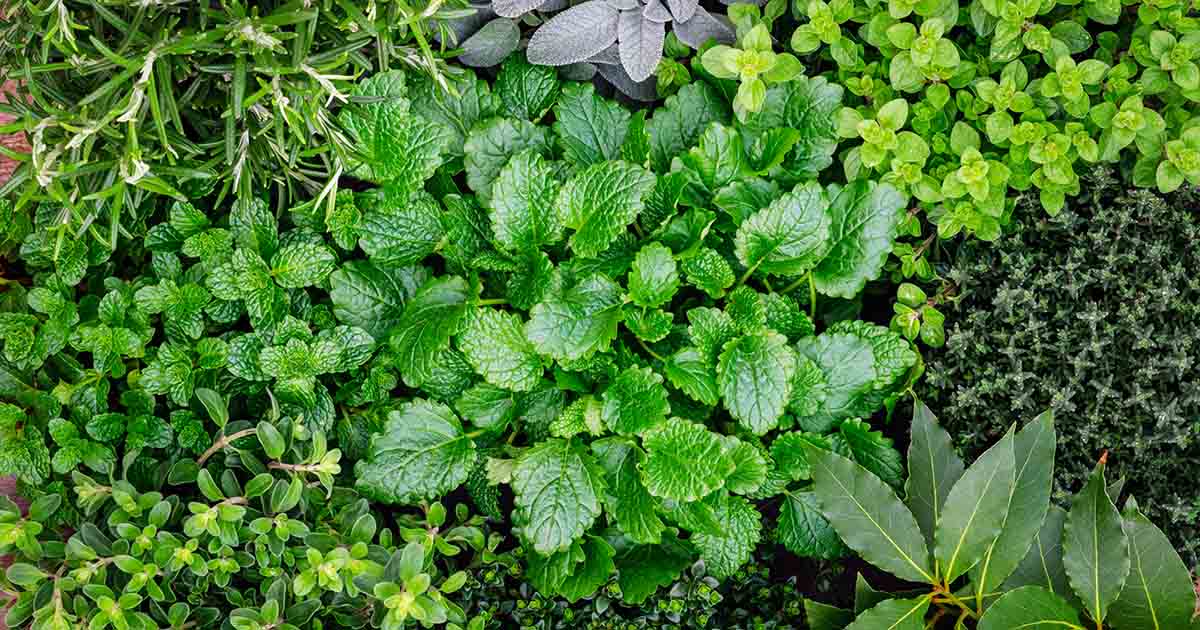
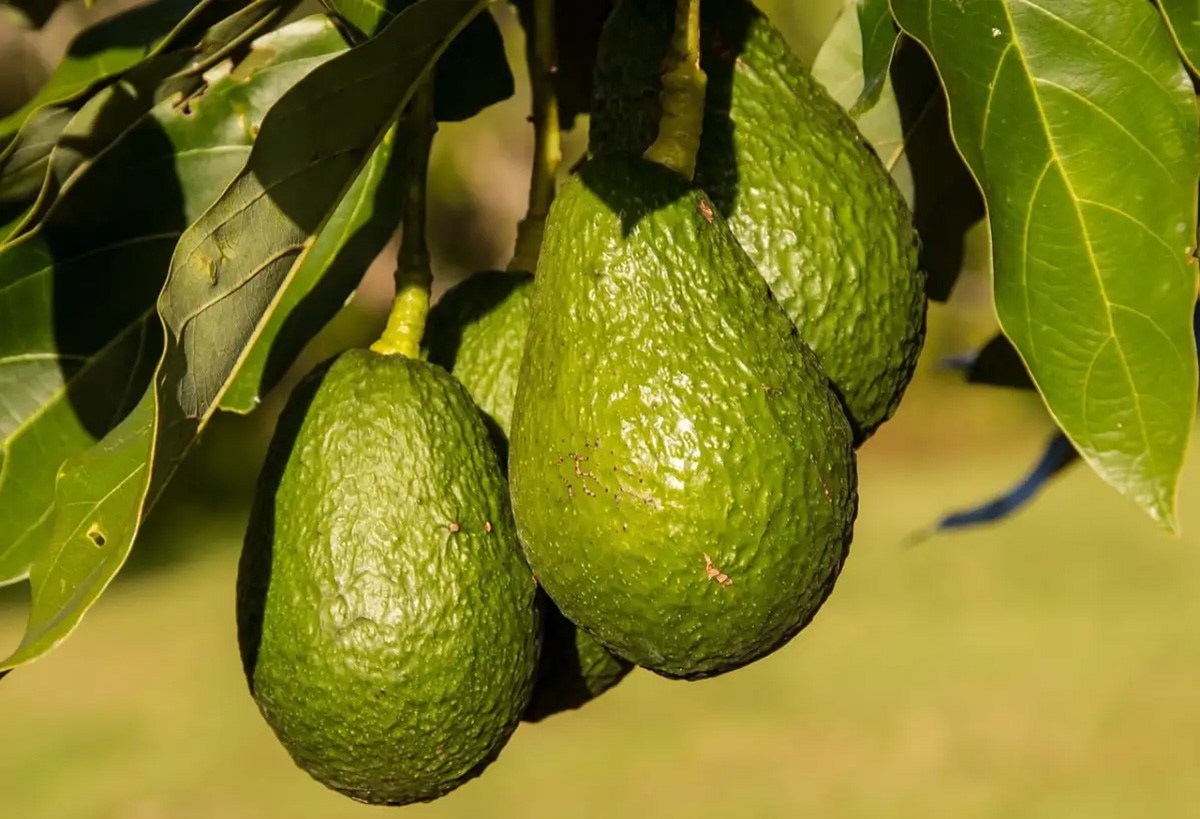
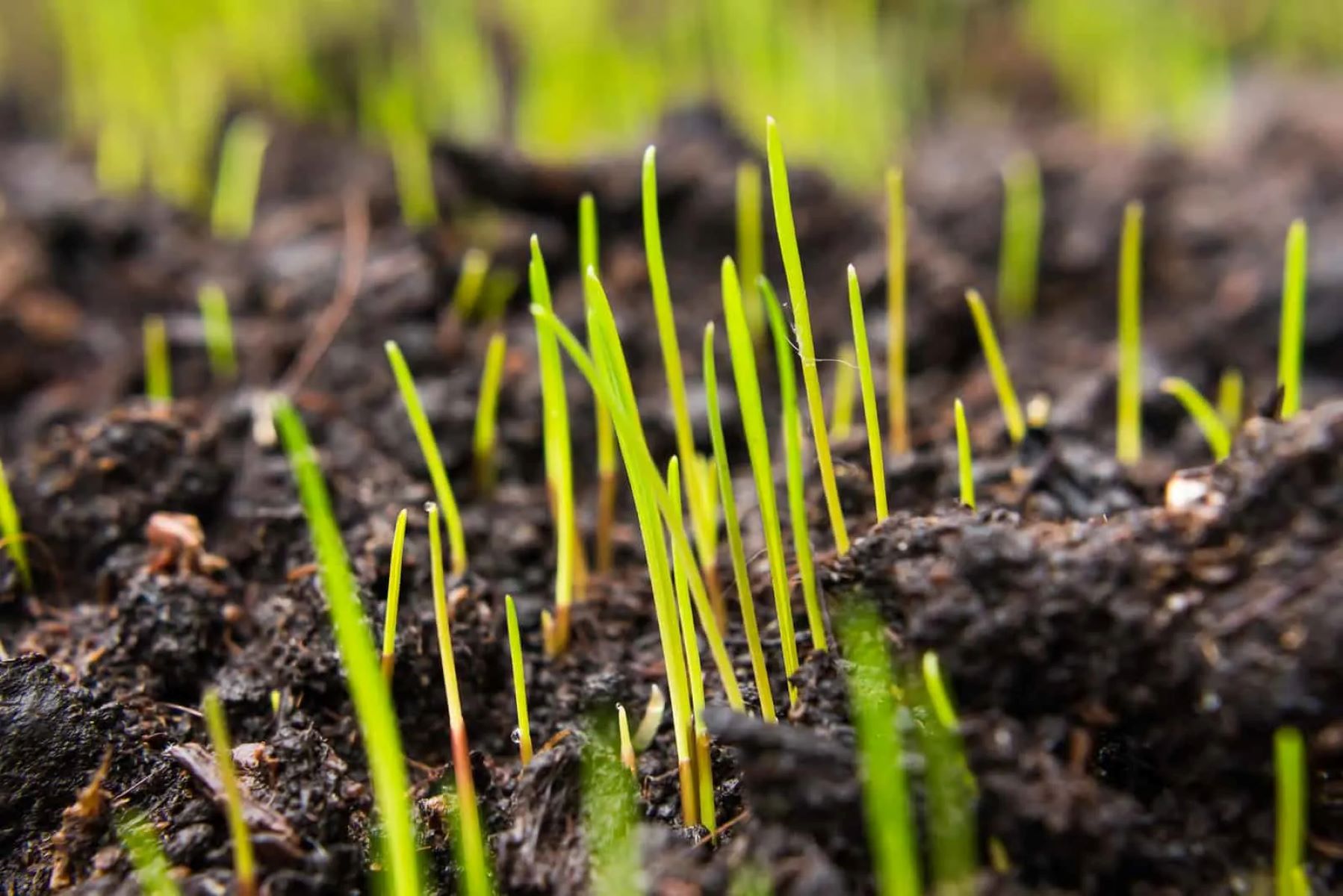
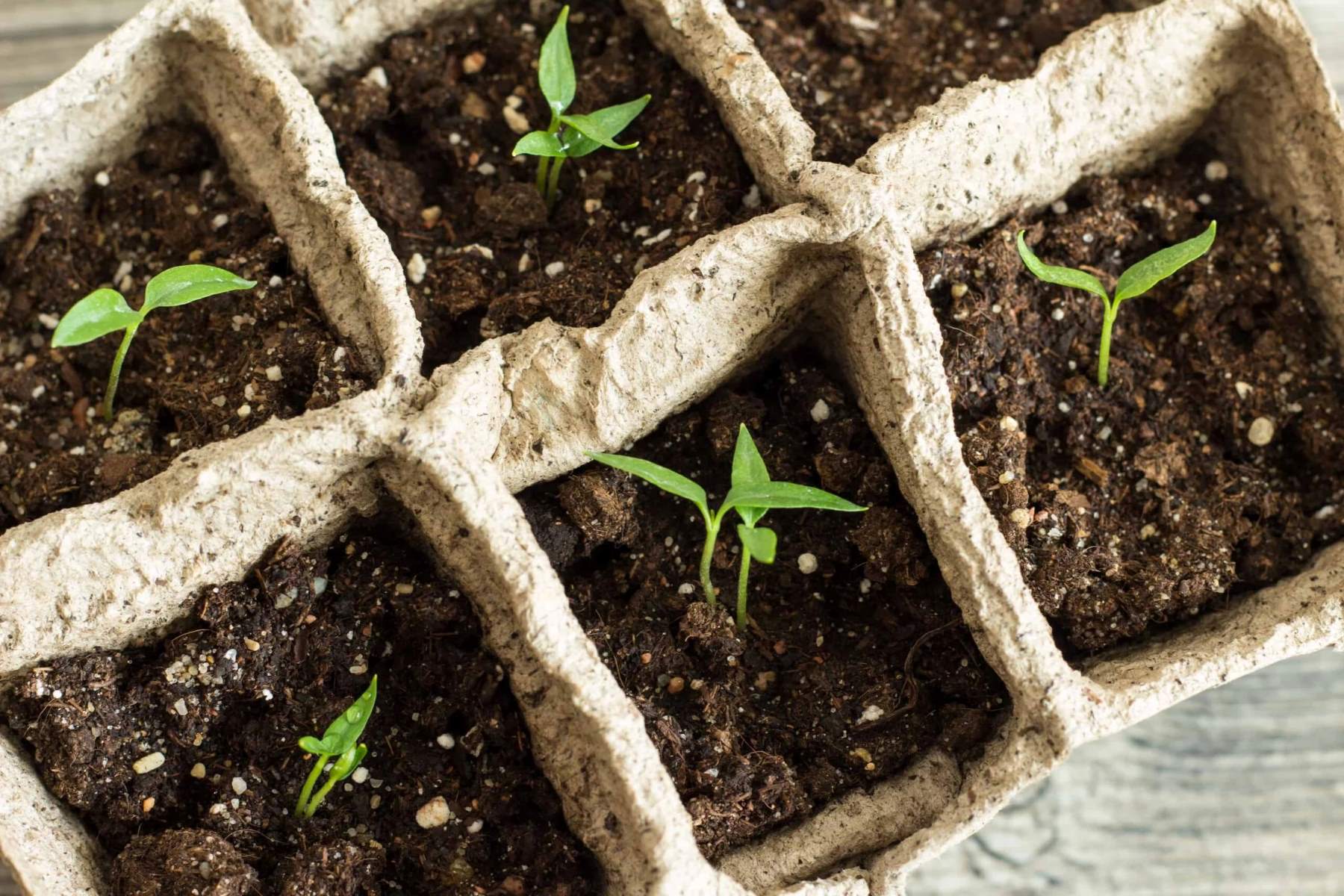

0 thoughts on “How Long To Sprout An Avocado Seed”